Understanding Hybrid Blockchain: The Best of Public and Private Blockchains Combined
Blockchain technology has gained immense popularity in recent years, thanks to its potential to revolutionize various industries. While public and private blockchains have their own unique benefits and drawbacks, a hybrid blockchain seeks to combine the best of both worlds to address the limitations of each approach. In this article, we will explore the concept of a hybrid blockchain, its benefits, use cases, and its potential impact on different sectors.
What is a Hybrid Blockchain?
A hybrid blockchain, as the name suggests, combines elements of both public and private blockchains. It acts as a bridge between the decentralized nature of public blockchains and the control and privacy offered by private blockchains. Hybrid blockchains aim to strike a balance between transparency and confidentiality, making them suitable for a wide range of applications.
In a hybrid blockchain, the network is divided into two layers – the public layer and the private layer. The public layer functions similarly to a traditional public blockchain, where transactions are validated and recorded by a network of distributed nodes. The private layer, on the other hand, operates as a closed network maintained by a specific group of trusted participants.
The integration of these two layers provides several advantages, including increased scalability, improved transaction speed, enhanced privacy, and regulatory compliance. It allows organizations and institutions to harness the benefits of blockchain technology while addressing concerns related to data privacy and transactional visibility.
Benefits of a Hybrid Blockchain
1. Scalability: Public blockchains like Ethereum and Bitcoin face scalability challenges due to their open and decentralized nature. Hybrid blockchains can utilize their private layer to enable faster transactions while maintaining data integrity and security.
2. Performance: Hybrid blockchains often offer better performance compared to public blockchains because they are not burdened by the computational requirements of a fully decentralized network.
3. Privacy and Confidentiality: While public blockchains provide transparency and immutability, they reveal transactional details to anyone on the network. In contrast, hybrid blockchains empower participants to retain control over their data and transactions through the private layer, ensuring confidentiality, especially in sensitive business operations.
4. Regulatory Compliance: Hybrid blockchains address the regulatory challenges faced by industries such as finance and healthcare. By incorporating a private layer, organizations can comply with industry-specific regulations while enjoying the benefits of blockchain technology.
Use Cases and Applications
1. Finance and Supply Chain Management: Hybrid blockchains offer immense potential in the financial sector and supply chain management. Banks can utilize the public layer to facilitate cross-border transactions quickly, while the private layer ensures privacy for sensitive customer information. In supply chain management, a hybrid blockchain can enhance transparency while protecting proprietary information.
2. Healthcare: Hybrid blockchains provide a secure platform for storing and sharing medical records while maintaining patient privacy. The public layer allows transparency in medical research and drug supply chain management, while the private layer ensures the confidentiality of personal health information.
3. Government Services: Governments can utilize a hybrid blockchain to streamline bureaucratic processes, increase transparency in public expenditures, and protect sensitive citizen data. The public layer enhances accountability, while the private layer ensures data privacy.
4. Energy and Utilities: Hybrid blockchains can be employed in managing decentralized energy grids and facilitating peer-to-peer energy trading. The public layer enables transparent and verifiable energy transactions, while the private layer ensures the confidentiality of user data.
FAQs (Frequently Asked Questions)
Q1. How do hybrid blockchains differ from public and private blockchains?
A hybrid blockchain combines elements of both public and private blockchains, whereas public and private blockchains operate independently. Hybrid blockchains aim to provide the benefits of transparency and decentralization while addressing concerns related to privacy and scalability.
Q2. Are hybrid blockchains more suitable for businesses?
Yes, hybrid blockchains are well-suited for businesses that require both data transparency and privacy. They offer the necessary balance between transparency and confidentiality, making them an ideal choice for sectors such as finance, healthcare, and supply chain management.
Q3. Can the private layer of a hybrid blockchain be tampered with?
The private layer of a hybrid blockchain is maintained by a trusted group of participants, making it less vulnerable to tampering compared to a fully public blockchain. However, the level of security also depends on the chosen consensus mechanism and encryption techniques.
Q4. How scalable are hybrid blockchains?
Hybrid blockchains can achieve higher scalability compared to fully public blockchains. By leveraging the private layer, organizations can process a higher number of transactions per second while still benefitting from the security and immutability of the public layer.
Q5. Are hybrid blockchains more expensive to implement?
The cost of implementing a hybrid blockchain depends on various factors such as network design, consensus mechanism, and the number of participants. While hybrid blockchains may require initial investments, their advantages in terms of data privacy, regulatory compliance, and improved performance can outweigh the costs in the long run.
In Conclusion
Hybrid blockchains represent a significant step forward in blockchain technology. By combining the strengths of public and private blockchains, they offer a versatile solution that meets the requirements of diverse industries. From finance and supply chain management to healthcare and government services, hybrid blockchains have the potential to reshape various sectors by providing a harmonious balance between transparency and confidentiality. As this technology continues to evolve, it is essential for organizations and individuals alike to understand its mechanisms and explore its possibilities for their specific applications.
More in this category ...
Ripple companions with SBI Group and HashKey DX for XRPL answers in Japan
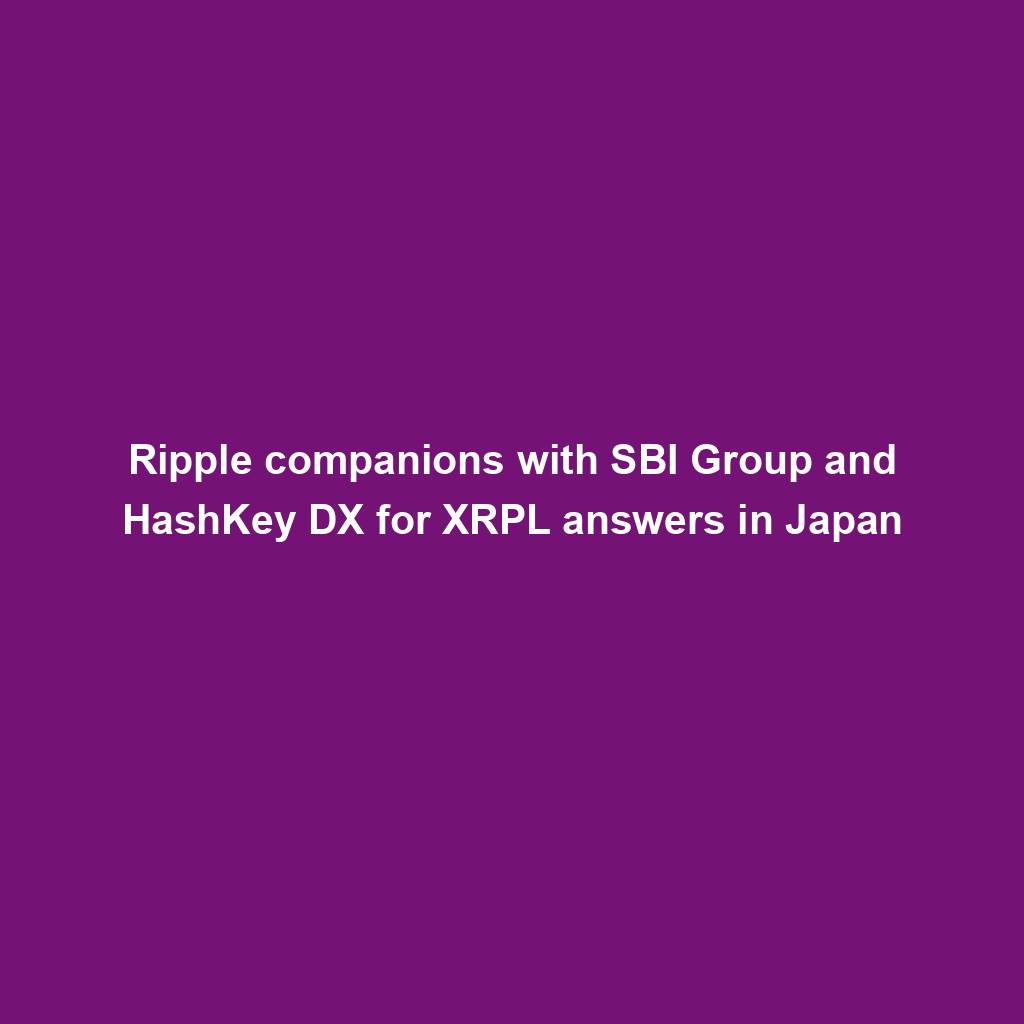
April sees $25M in exploits and scams, marking historic low ― Certik

MSTR, COIN, RIOT and different crypto shares down as Bitcoin dips
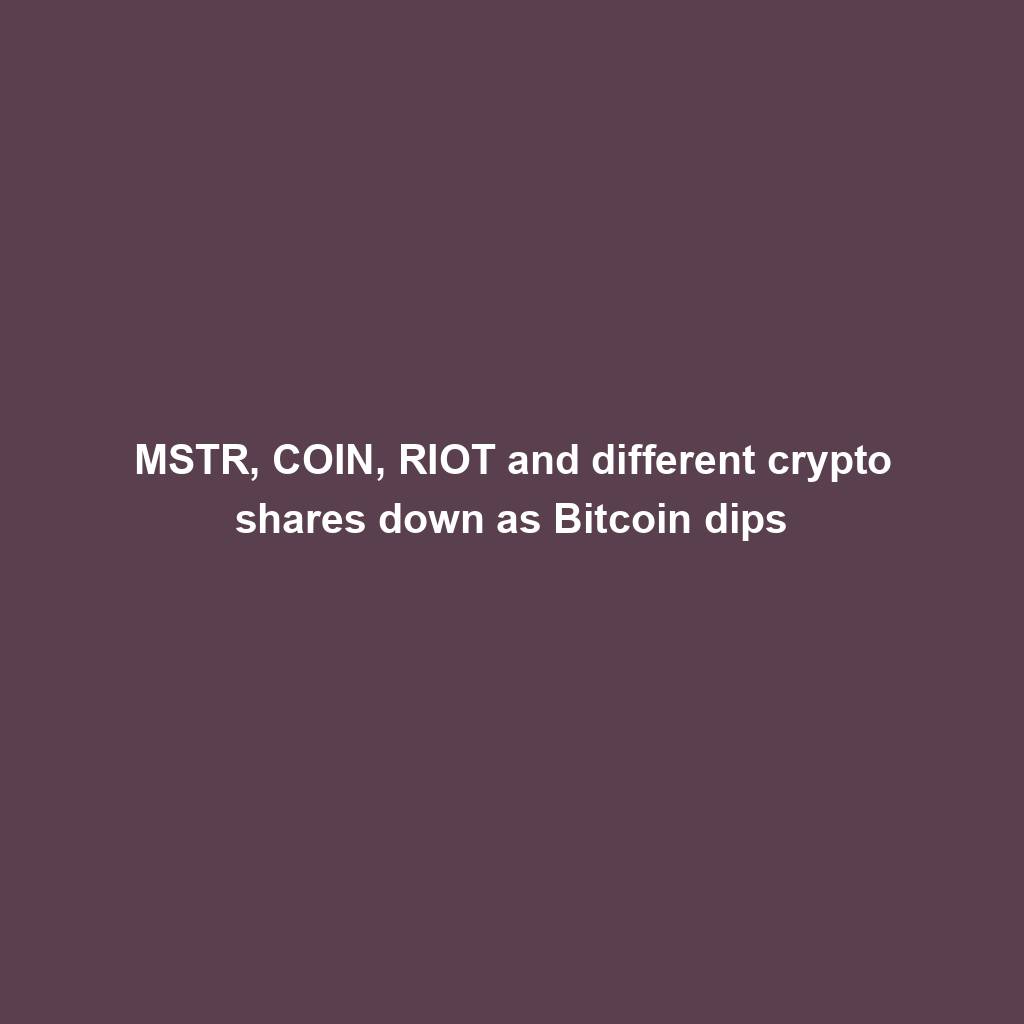
EigenLayer publicizes token release and airdrop for the group
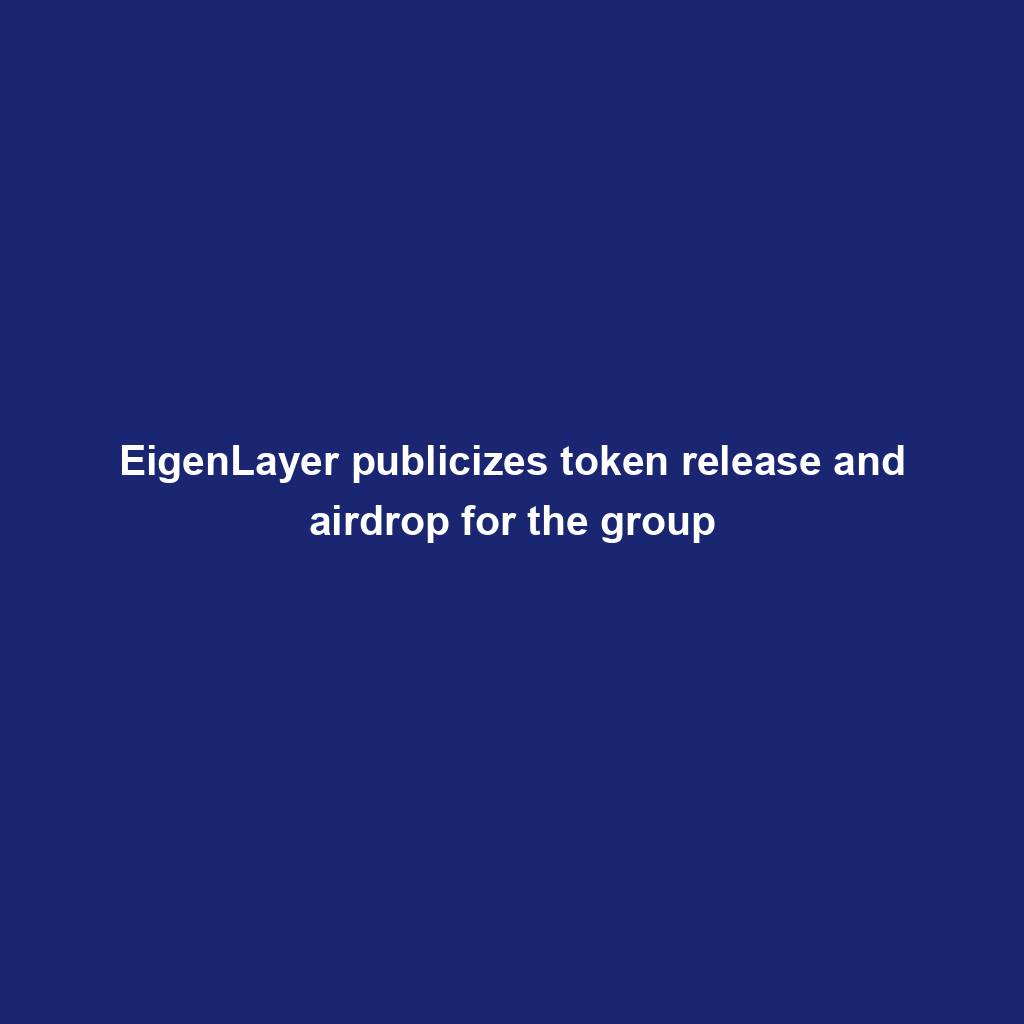
VeloxCon 2024: Innovation in knowledge control

Successful Beta Service release of SOMESING, ‘My Hand-Carry Studio Karaoke App’

Dogwifhat (WIF) large pump on Bybit after record reasons marketplace frenzy
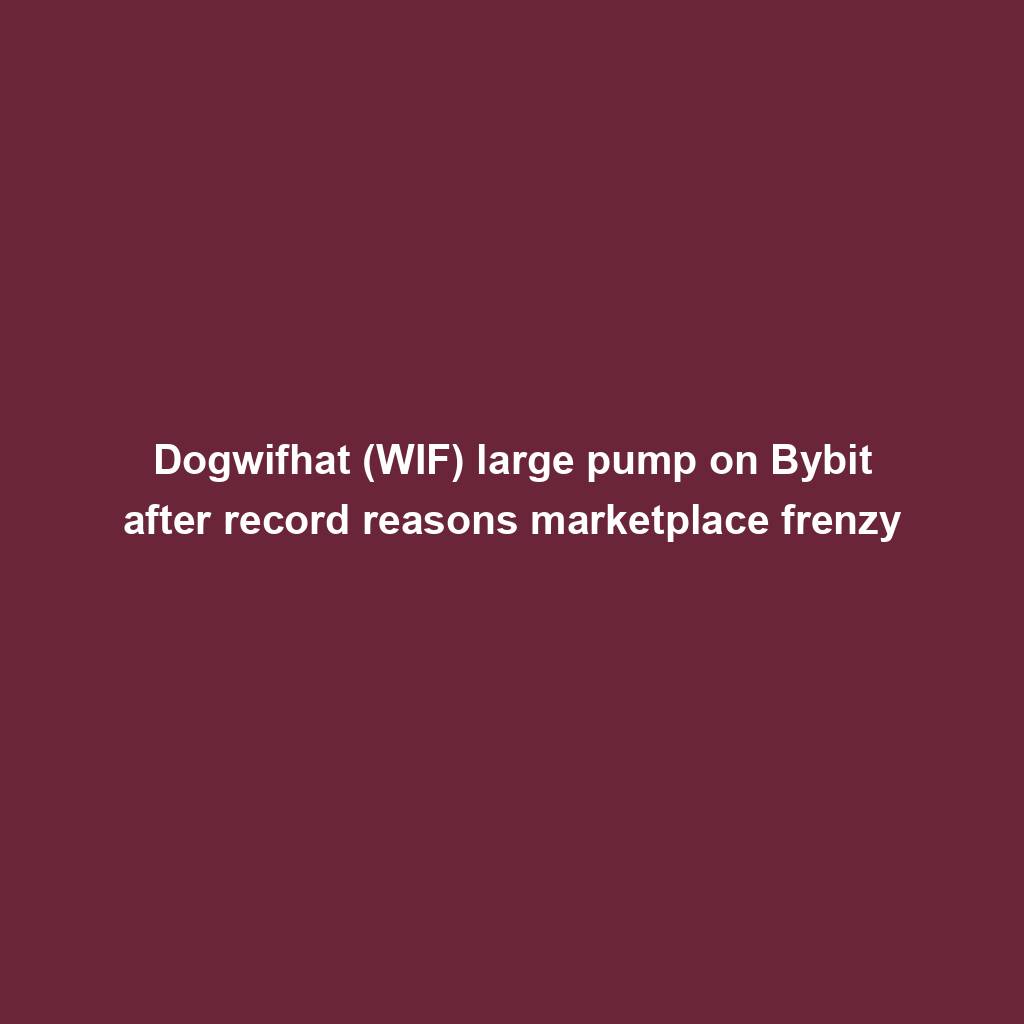
How fintech innovation is riding virtual transformation for communities around the globe
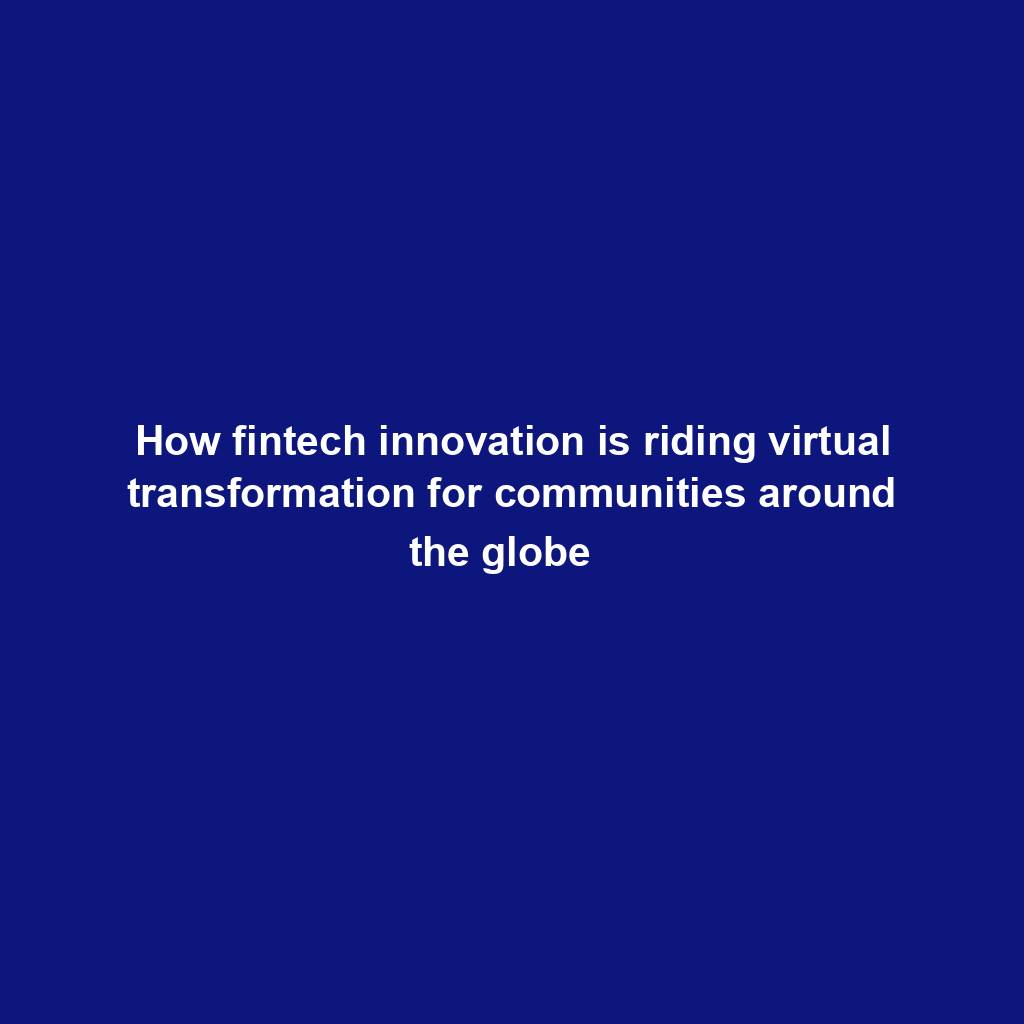
Wasabi Wallet developer bars U.S. customers amidst regulatory considerations

Analyst Foresees Peak In Late 2025

Solo Bitcoin miner wins the three.125 BTC lottery, fixing legitimate block

Ace Exchange Suspects Should Get 20-Year Prison Sentences: Prosecutors

Google Cloud's Web3 portal release sparks debate in crypto trade
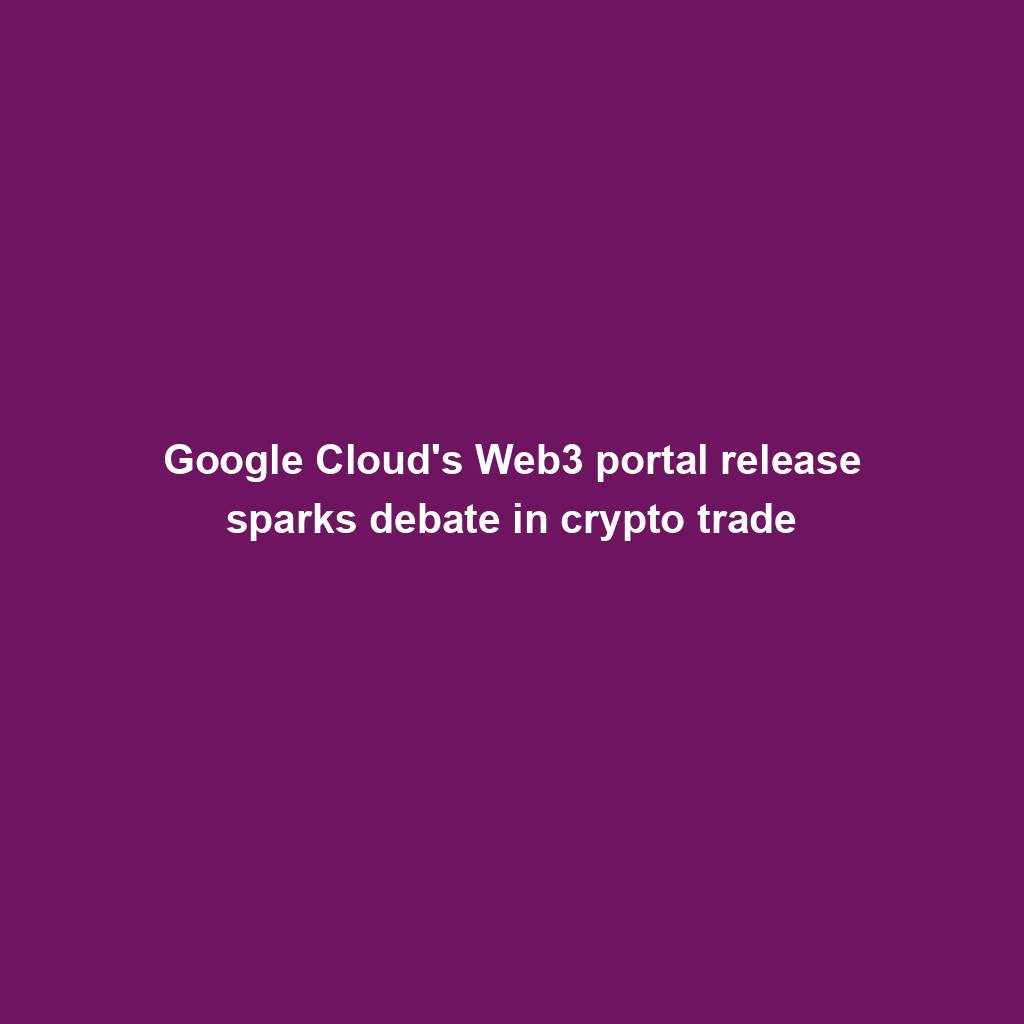
Bitcoin Primed For $77,000 Surge

Bitbot’s twelfth presale level nears its finish after elevating $2.87 million

PANDA and MEW bullish momentum cool off: traders shift to new altcoin

Commerce technique: Ecommerce is useless, lengthy are living ecommerce

Republic First Bank closed by way of US regulators — crypto neighborhood reacts
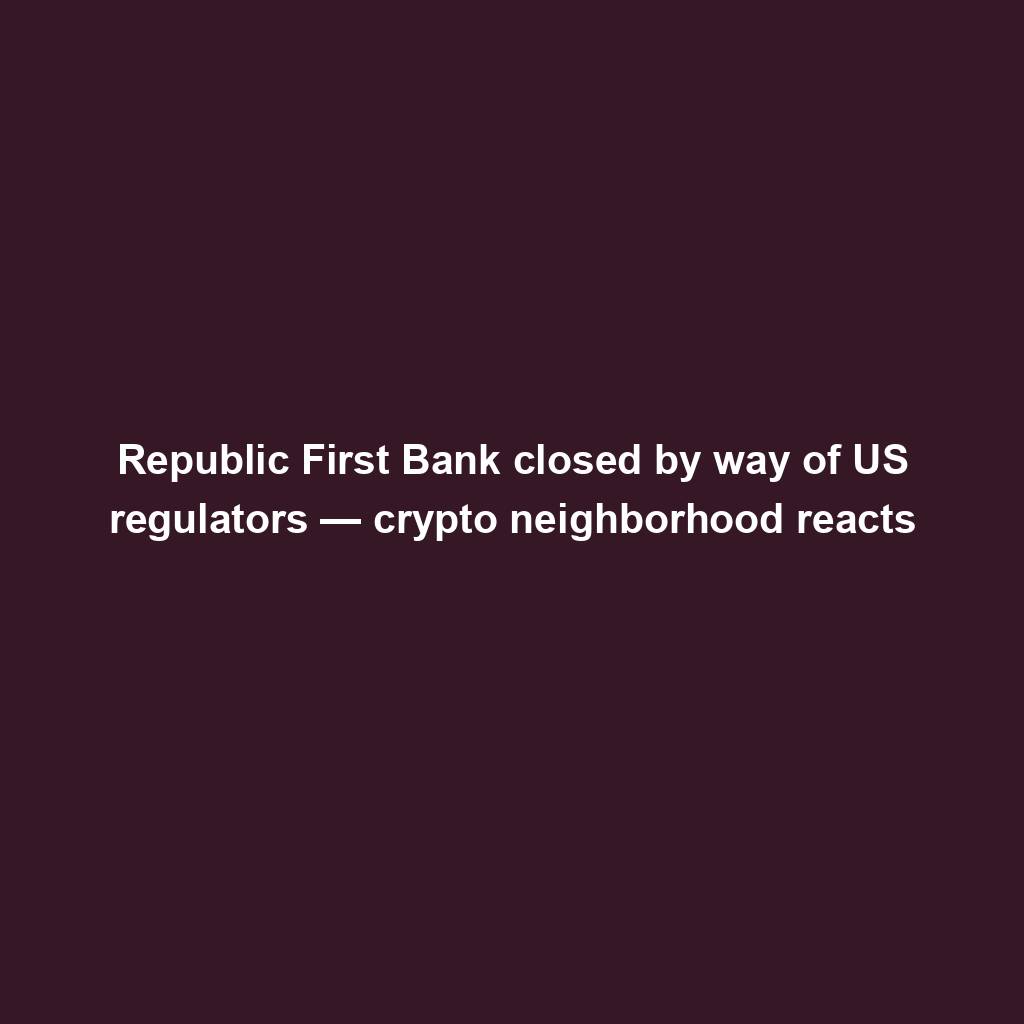
China’s former CBDC leader is beneath executive investigation

Bigger isn’t all the time higher: How hybrid Computational Intelligence development permits smaller language fashions
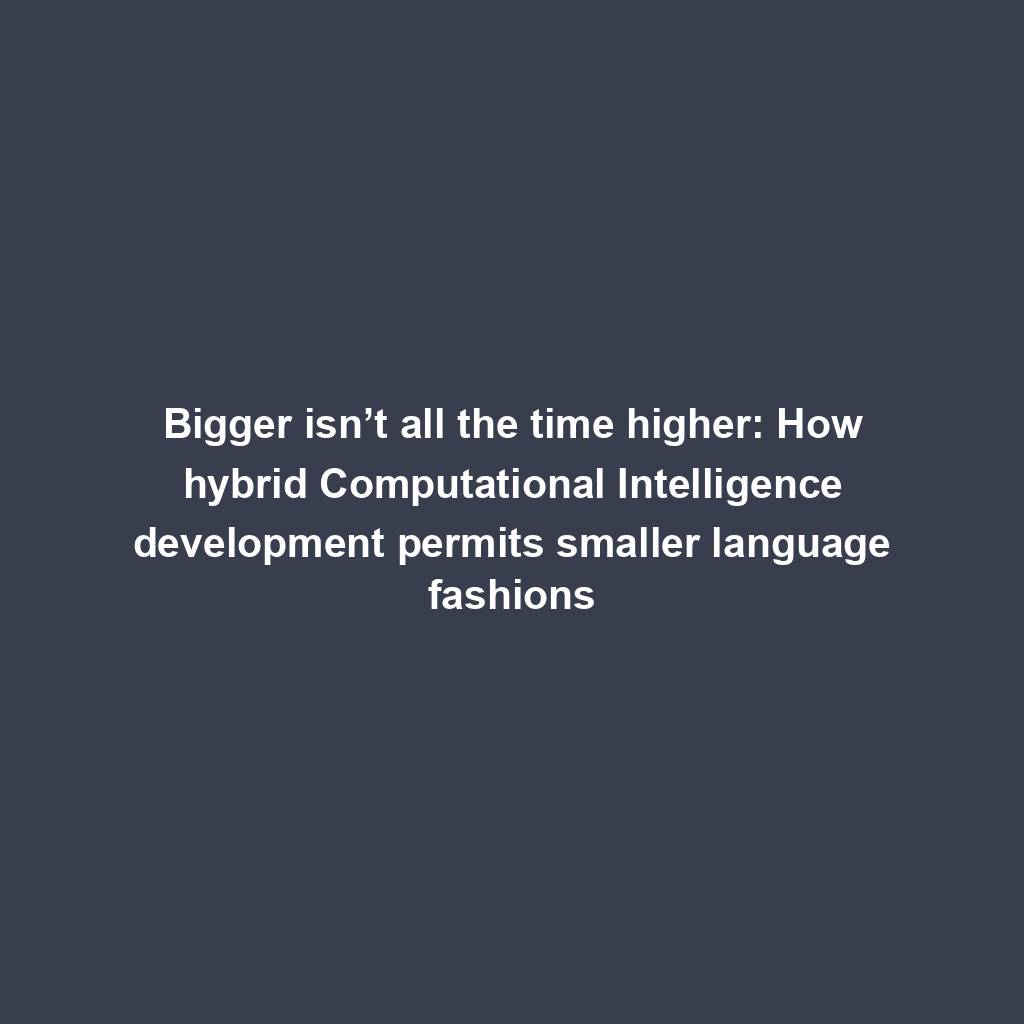
Pantera Capital buys extra Solana (SOL) from FTX
Successful Beta Service release of SOMESING, ‘My Hand-Carry Studio Karaoke App’

SEC sues Bitcoin miner Geosyn Mining for fraud; Bitbot presale nears $3M

Business procedure reengineering (BPR) examples

85% Of Altcoins In “Opportunity Zone,” Santiment Reveals

Sam Altman’s Worldcoin eyeing PayPal and OpenAI partnerships
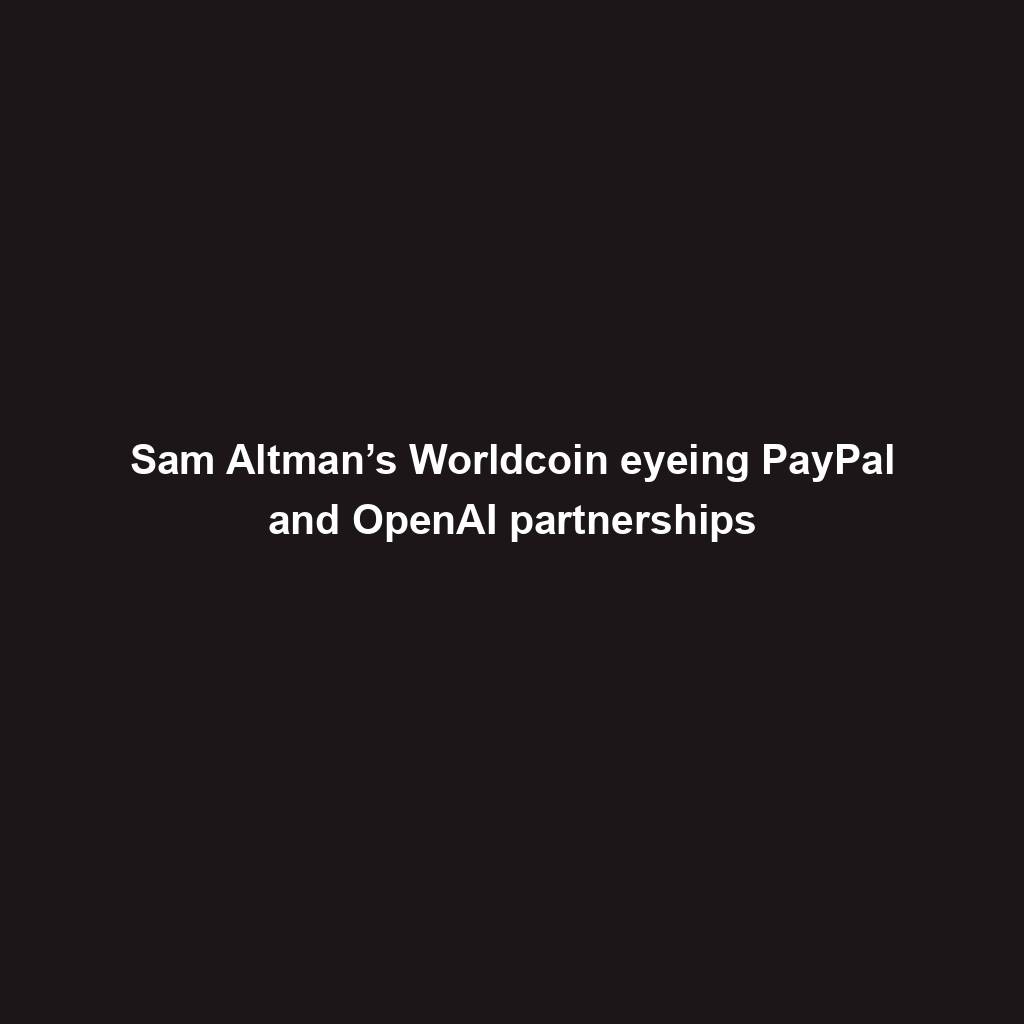
Artificial Intelligence transforms the IT strengthen enjoy

Franklin Templeton tokenizes $380M fund on Polygon and Stellar for P2P transfers
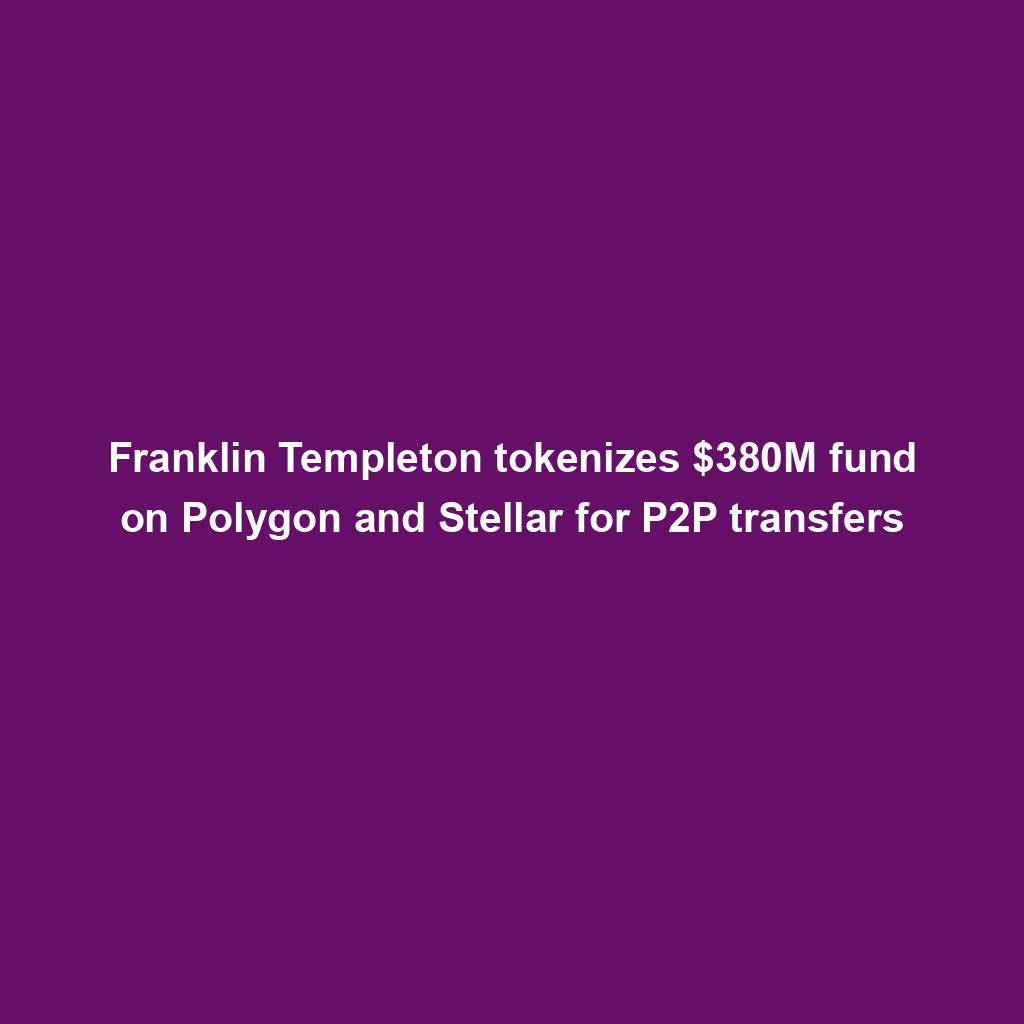
Meta’s letting Xbox, Lenovo, and Asus construct new Quest metaverse {hardware}

Shiba Inu (SHIB) unveils bold Shibarium plans as Kangamoon steals the display
